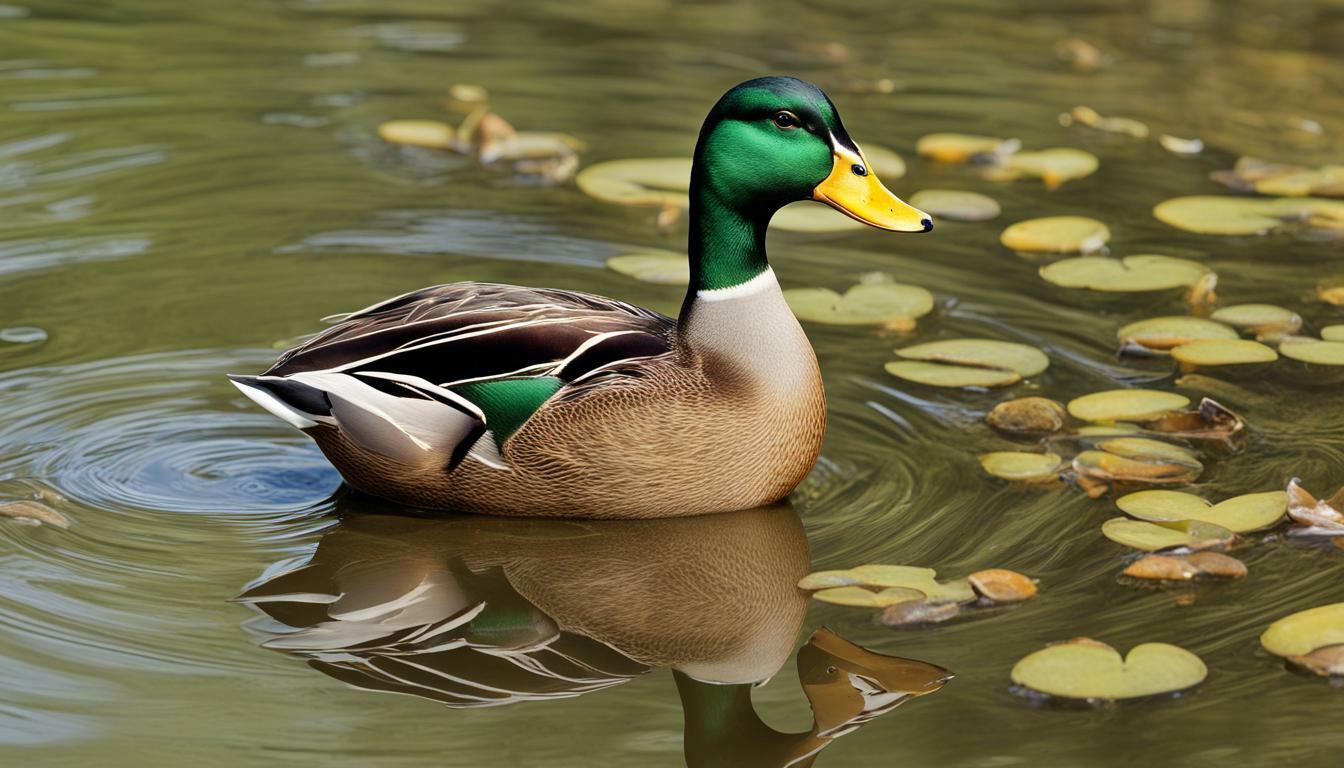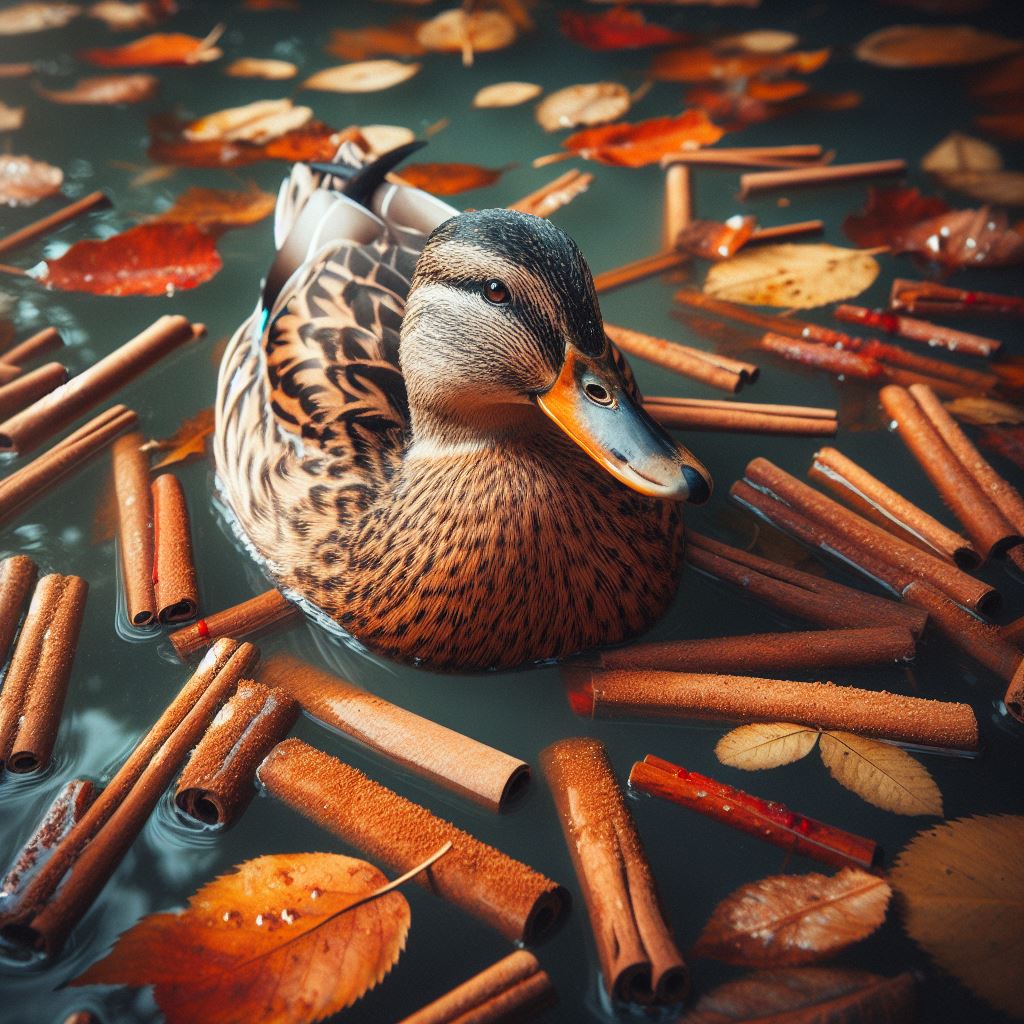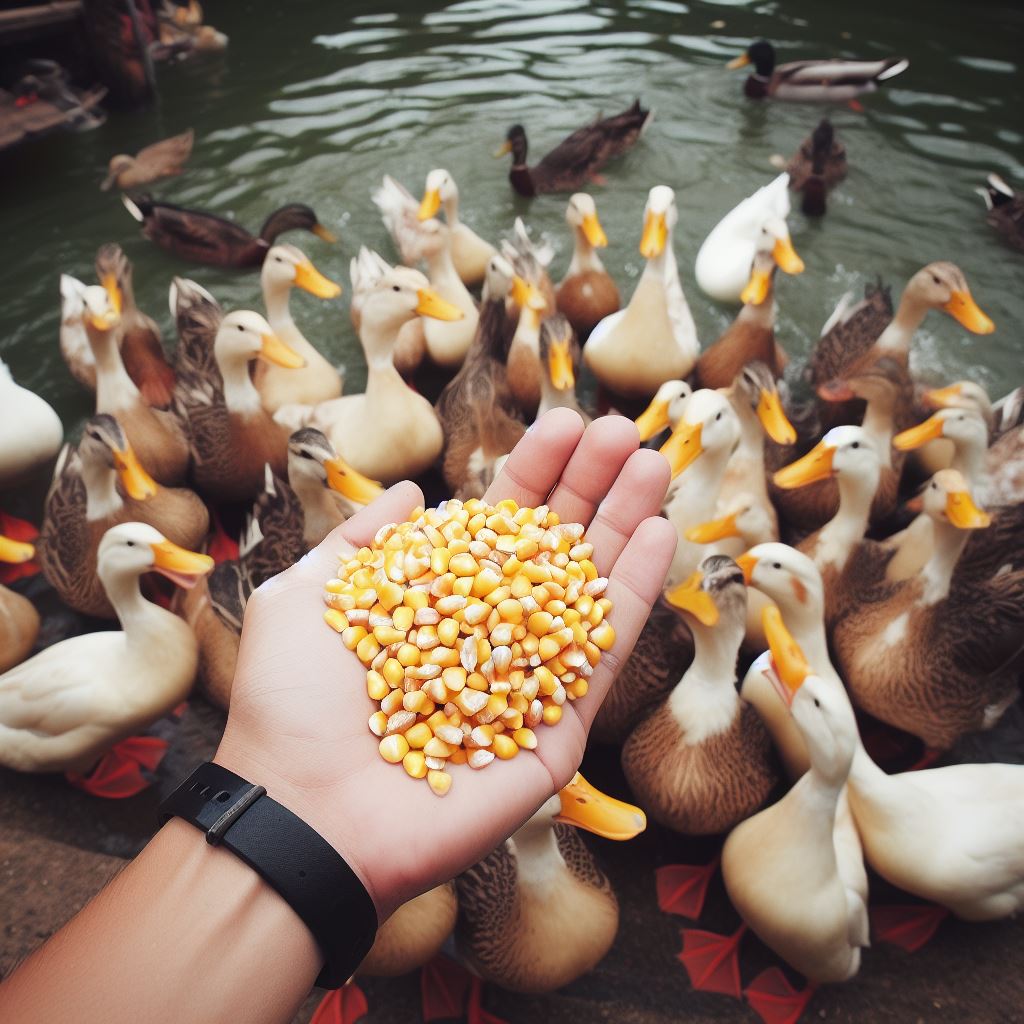What Color Are Duck Feet and Why Are They That Color?

Table of content:
Ducks are a common sight around lakes, ponds, and rivers. Their bright orange feet paddling through the water are very distinctive. But have you ever wondered why ducks have orange feet? What purpose does the coloring serve? Let’s explore the reasons behind ducks’ uniquely colored feet.
An Overview of Duck Feet
Ducks are waterfowl that belong to the Anatidae family, which also includes geese and swans. There are around 120 different duck species, all of which have webbed feet to help propel them through the water.
While most duck species have orange or yellow feet, some do have darker black, grey, or brown feet. The color comes from carotenoid pigments in their diet that are deposited into their feet. These fat-soluble pigments are also found in many bright fruits and vegetables.
Some key facts about duck feet:
- Webbed for swimming with 3 toes forward, 1 back
- Has scales/scutes on top for protection
- Skin on the bottom is softer to help grip surfaces
- Color ranges from yellow/orange to brown/black
- Bright colors thought to help with temperature regulation
- Feet help paddle and steer in water
- Used to walk on land and perch on branches
Now let’s look at why their feet are brightly colored and what functions it may serve.
Temperature Regulation
One of the main hypotheses about the bright orange color of duck feet is that it helps regulate their temperature. Ducks spend a lot of time in and around cold water, which pulls heat from their bodies.
Their legs and feet are essentially radiators that release excess body heat into the environment. The orange color would allow their feet to absorb heat from sunlight when standing and keep their legs warm when paddling in frigid waters.
Just as humans may have flushed cheeks in the cold, increased blood flow to a duck’s feet and legs helps warm their extremities. The orange color may allow their feet to better absorb sunlight and release that heat to the rest of the body.
This theory helps explain why ducks found in tropical regions have less intense colors than those in arctic or temperate regions. Temperature regulation seems to be the most agreed upon reason for their coloring.
Camouflage and Mimicry
Another possible benefit is that the orange coloration provides camouflage and mimicry which helps ducks survive. Depending on the environment, orange feet could help ducks blend in better with aquatic vegetation, leaves, roots, and the shoreline.
Bright colors can also warn potential predators that the duck may be toxic or unpalatable, even if they actually aren’t. This mimicry of poisonous species can help deter predators.
Some researchers believe the flashing of their feet while swimming may mimic small fish and amphibians that predators hunt. This disguise could allow ducks to avoid being eaten in some situations.
Social Signaling
In certain duck species, the brightness of their feet is used for social signaling and mate selection. Vibrant feet can signal health, fitness, and breeding status to potential mates.
During courtship, male ducks will display their bright orange feet to females as part of their mating dance. Females seem to prefer males with more intense foot coloration and will select their mate based on foot brightness.
The feet may also be used as a recognition signal to ducklings, allowing them to follow their mother by spotting her orange feet. The colorful feet play an important role in communication between ducks.
Why Are Wild Ducks’ Feet Orange and Farm Ducks White?
You may have noticed that domesticated ducks often have pale or white feet compared to their wild counterparts. This is because domestic ducks are fed commercial grain-based diets without access to the carotenoid-rich plants, insects, and crustaceans that color the feet of wild ducks.
Without ingesting those pigments from their diet, farmed ducks do not develop bright orange feet. Their feet remain a light yellow or white shade that is less vibrant. However, when given the proper diet, domestic ducks’ feet will become orange as well.
So the basic reason farm ducks have different colored feet is simply a lack of pigments in their food. What they eat directly affects the coloration of their feet and legs.
Do the Colors Fade or Change Over Time?
In juvenile ducks, the foot color is drabber and less intense. As they mature and eat more carotenoid-rich foods, their feet take on the characteristic orange hue. This color will intensify during mating seasons when color shows are important.
As ducks age and near the end of their lives, the vibrancy may fade as pigments are not absorbed as efficiently. So early in life and towards the end, the feet may lose their brilliance.
The color can also change temporarily based on the circulatory state of the feet. In cold conditions, more blood flow goes to the legs and feet, making them appear redder. In warm conditions, blood moves inward and feet appear more yellow.
Conclusion
A duck’s orange feet play an important role in regulating temperature, camouflage, signaling mates, and recognizing ducklings. While domestic ducks often have pale feet, wild ducks get their bright color from carotenoid pigments in their natural diet. Their feet provide them with several advantages that help ensure their survival.
The next time you see a duck’s bright feet paddling through the water, you’ll know they serve a very important purpose. Those orange appendages allow ducks to thrive in their wetland environments.
So in summary, duck feet are orange due to carotenoid pigments, this color helps regulate their temperature, provides camouflage advantages, and allows ducks to signal each other. The hue intensifies during mating season and fades over their lifespan. Wild ducks obtain these pigments naturally from their diet while farmed ducks lack this colorful food. Their feet, while small, play a big role in a duck’s life!
Welcome. I’m Adreena Shanum, the proud owner of this website, and I am incredibly passionate about animals, especially poultry. I founded adreenapets.com as a labor of love, stemming from my desire to share my knowledge and experiences with poultry enthusiasts worldwide.




